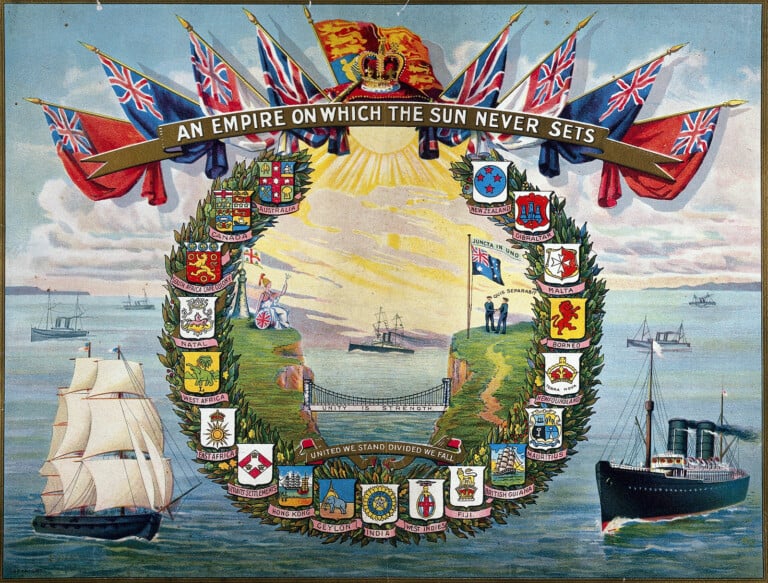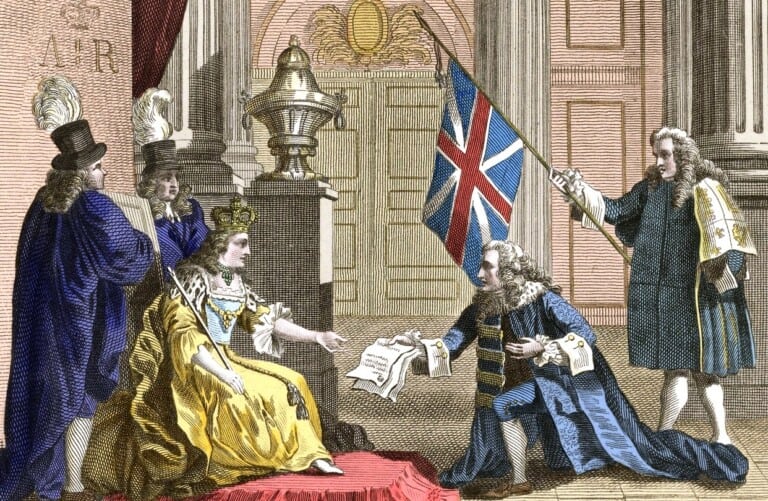Introduction
175 years after the arrival of the first English-speaking settlers in North America the Declaration of Independence laid the foundation of a new model of nation.
The distinctive characteristic ideals and contradictions of colonial America shaped the civilization of the United States until very recently.
The Puritans’ Promised Land
Those who migrated to New England for religious reasons after the Pilgrim Fathers believed that they had been called to take part in an event of both historical and spiritual importance.
They thought that God had kept America secret and hidden until the day when it would provide mankind with one last chance for regeneration.
The Puritans insisted on individual effort and morality as the only way of achieving both economic success and personal salvation. They also insisted on saving money and sizing opportunities in what they considered a hostile environment.
Therefore, by providing a refuge from the corruption of Old England, America was to become a New World of opportunities, the last Promised Land for the new people of God who saw their voyage across the Atlantic as a new biblical exodus.
Politically speaking, the Puritans also brought with them the foundations of new institutions: a mixture of democracy and authoritarian theocracy.
Their community was to be organized by contract between responsible individuals but under God’s eyes.


